Just some random thoughts
Intro
I don’t know when it started, but I’ve developed this “must-watch-every-anime-movie” syndrome. Except for some overly fan-servicey stuff (like Love Live!), I’ll pretty much throw my money at the theater to support the industry. Even though Miyazaki keeps saying the industry is doomed, looking at the past few years, there are still plenty of great new works and directors. The anime industry as a whole might be going downhill, but when it comes to anime movies, I feel like things are picking up.
Just to be clear, I’m just a regular dude, not a professional critic, and I haven’t done any hardcore research. This is just my personal opinion, so don’t take it too seriously.
Makoto Shinkai
“5 Centimeters Per Second”, “The Garden of Words”, “Your Name.”
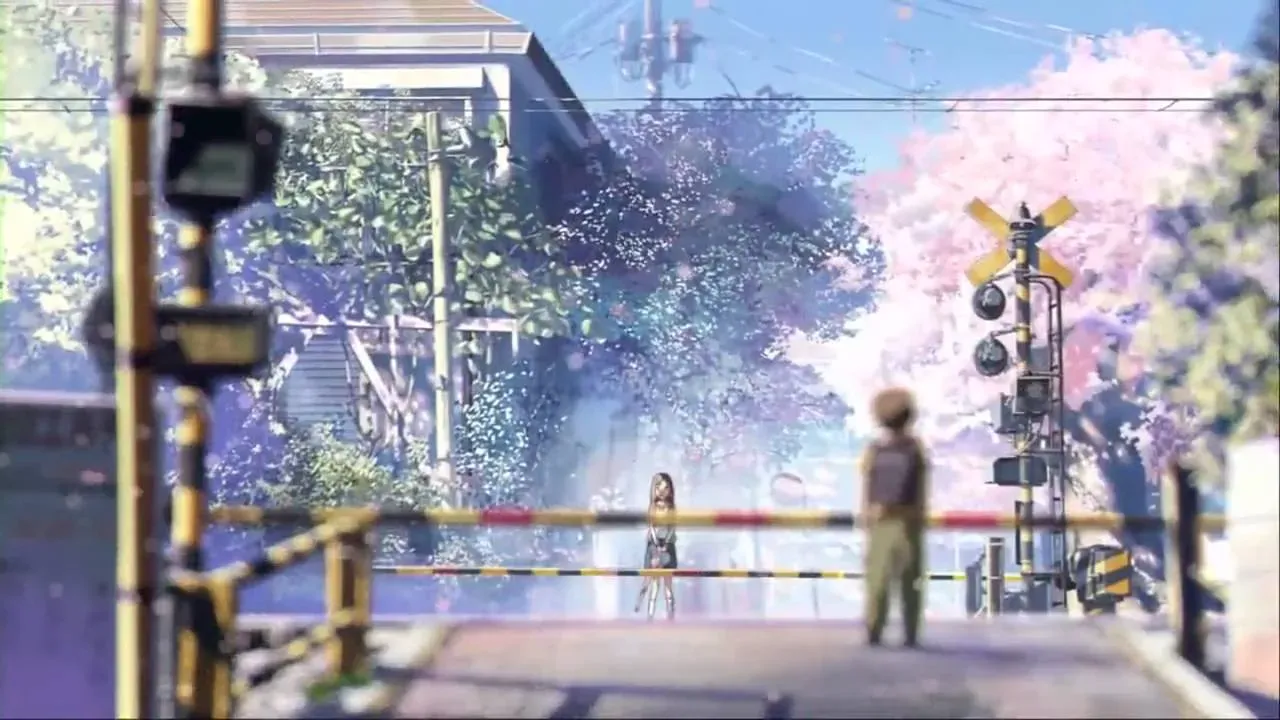
My feelings about Shinkai are complicated. He’s given me some of the most profound emotional experiences, but also some of the biggest disappointments. “5 Centimeters Per Second” was the first anime movie I ever saw, and it’s still the most perfect one in my mind. There’s no convoluted plot, no earth-shattering dialogue, no heart-wrenching music, and the animation and art style aren’t exactly groundbreaking by today’s standards. But in this film, Shinkai fully demonstrates his masterful ability to “tell stories with visuals.”
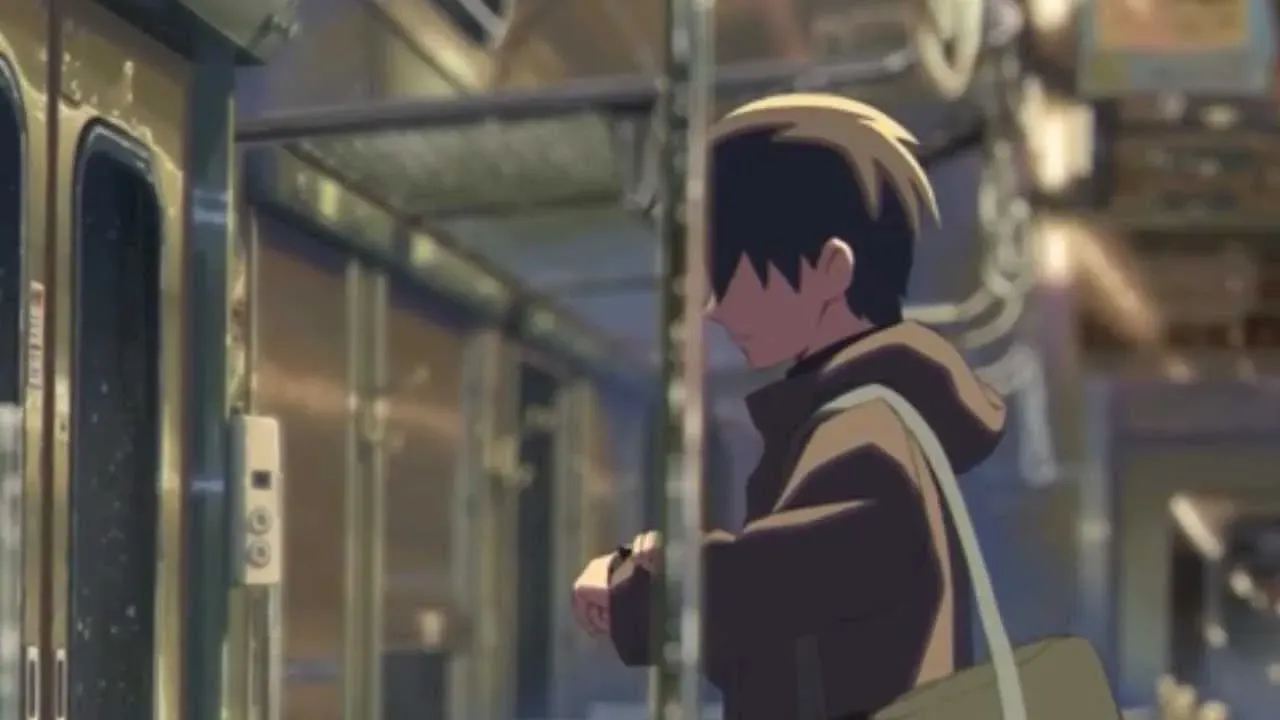
The scene that left the deepest impression on me is in the first part, where the male protagonist is trying to take the train to see the female protagonist, but gets delayed until late at night due to heavy snow. There’s almost no dialogue in this entire sequence except for the train announcements. But the director cleverly uses the station clock, the gradually emptying carriage, the scenery outside the window changing from sunset to snowy night, the route map inside the carriage, and the male protagonist forgetting to close the door due to his anxiety to express a mix of anticipation, nervousness, worry, unease, and fear. You can’t help but get caught up in the atmosphere and feel the ups and downs of the male protagonist’s emotions. Before this, I never really paid attention to the staff list of anime, but Shinkai was the first name I remembered.
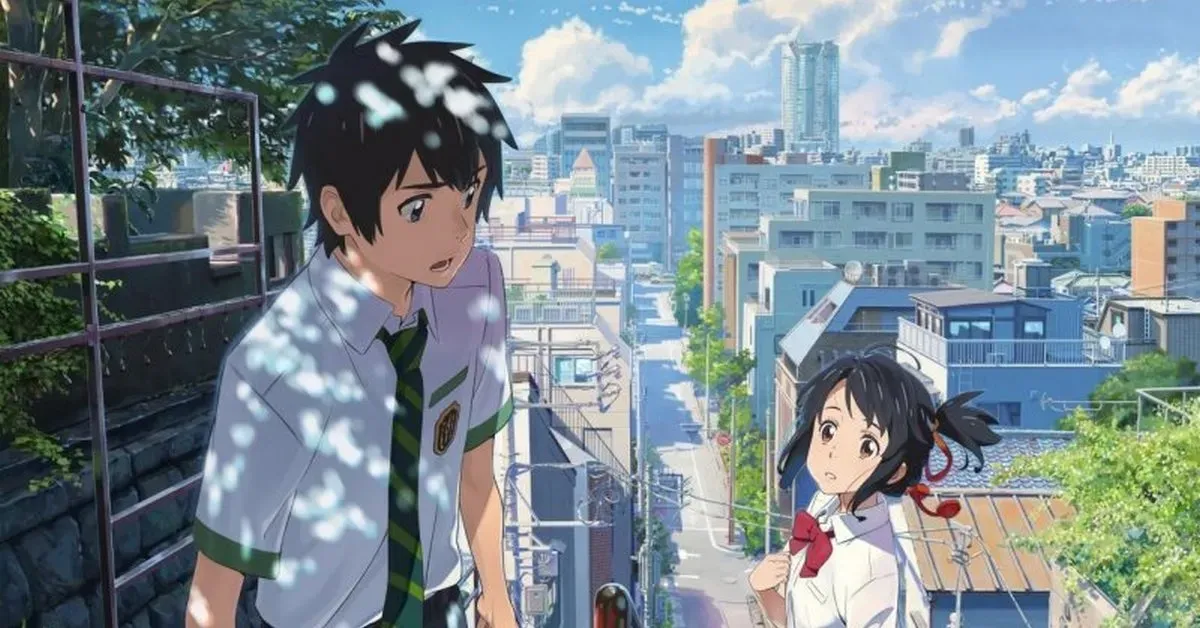
When “Your Name.” came out, I was super excited. His previous work, “The Garden of Words,” was only 45 minutes long, but the insanely gorgeous art combined with his signature emotional depth was incredibly impressive. Shinkai said he wanted to make “a film that everyone would love” this time, so I walked into the theater with high expectations, wondering what he would deliver… and walked out feeling empty.
“Where’s Makoto Shinkai?” That was my only thought.
Objectively speaking, “Your Name.” is by no means a bad movie. It has a compelling plot, stunning visuals, smooth pacing, a catchy theme song… everything is great, but I was left with nothing after watching it. It lacked the suffocating emotion of “5 Centimeters Per Second” and the quiet passion of “The Garden of Words.” I couldn’t find a trace of the old Shinkai in this film. Some might say that “Your Name.” still has Shinkai’s signature art style, trains, level crossings, and near-miss encounters, but I think those are just stylistic choices, not representative of an artist’s entirety. You wouldn’t say a film is a Satoshi Kon work just because it has a 45-degree angle shot.
To avoid misunderstanding, I have to clarify that I don’t hate mainstream commercial films. In fact, without films like “Your Name.” attracting new blood, this industry will eventually die out, just like Miyazaki said. But as a fan, seeing your favorite creator suddenly change direction and possibly never create works like they used to is… really sad.
Masaaki Yuasa
“The Night Is Short, Walk on Girl”, “Lu over the Wall”, “Ride Your Wave”
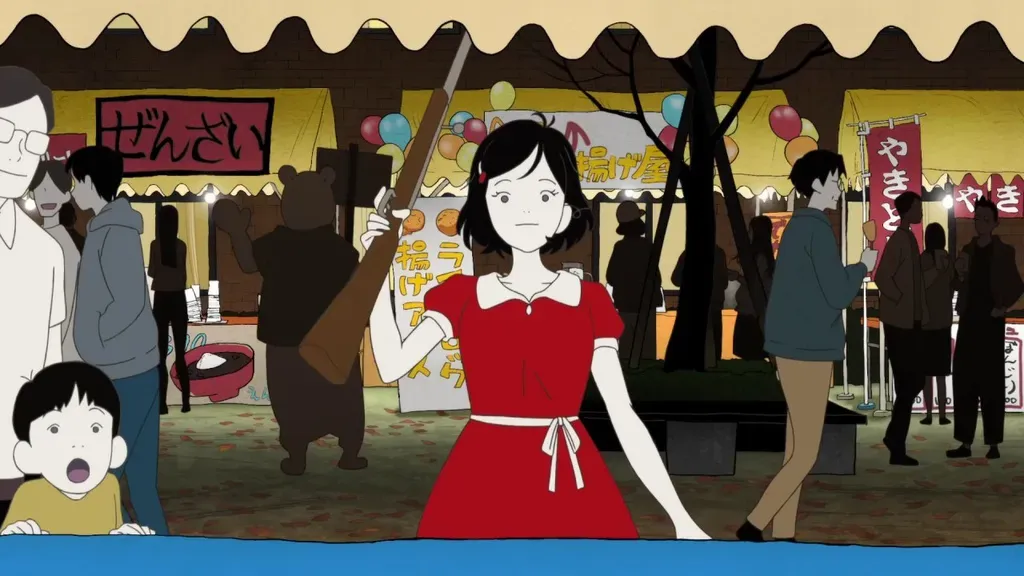
“Genius” is a title often bestowed upon Masaaki Yuasa by the media. But in his recent anime films “The Night Is Short, Walk on Girl”, “Lu over the Wall”, and “Ride Your Wave”, there’s not much “genius” to be found, but rather a lighthearted, lively, and carefree atmosphere. Yuasa’s style has always been distinct: dynamic animation, exaggerated deformations, American-influenced coloring and direction… the list goes on. These unconventional approaches have made his works cult classics among anime fans, but difficult for the general public to digest.
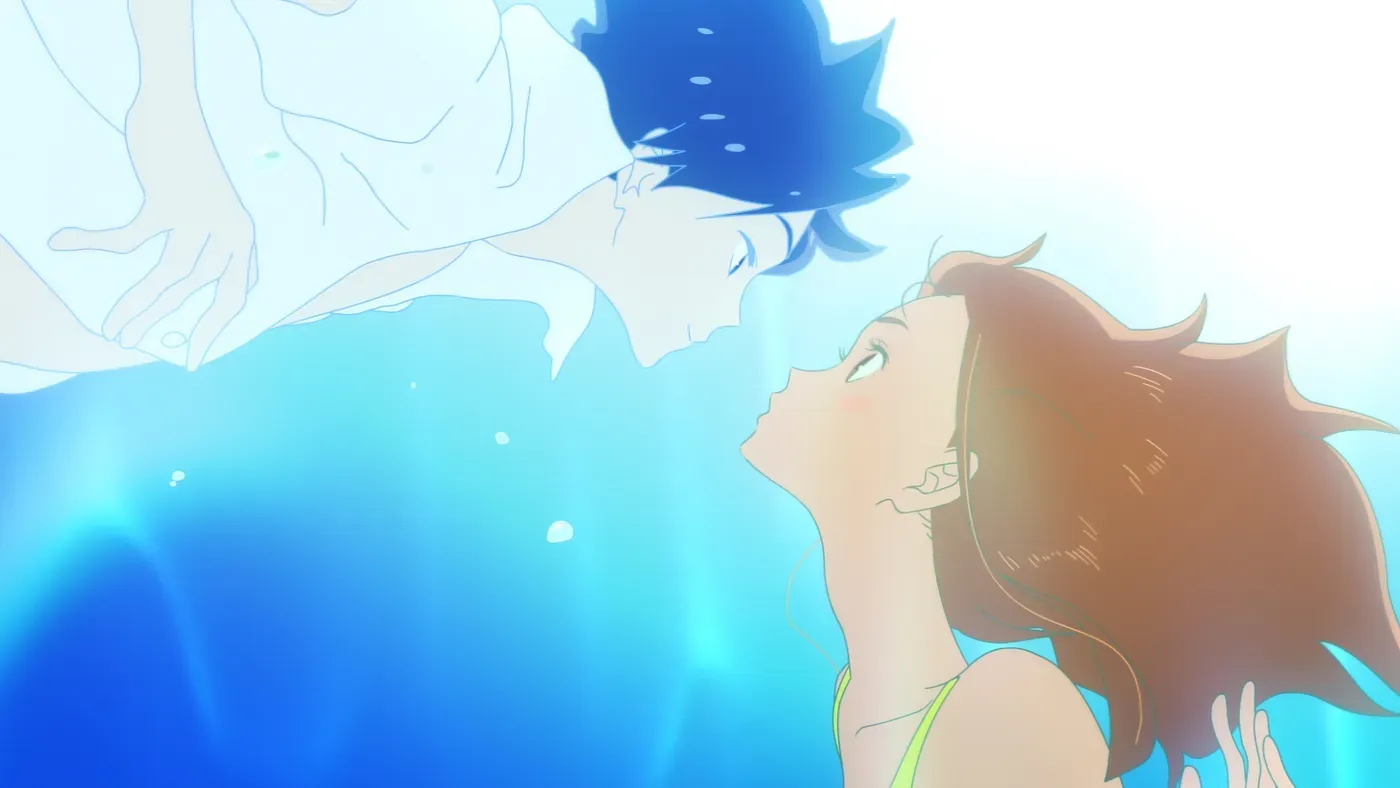
I don’t know if it’s because he was influenced by Shinkai, or if it was a request from the investors, but compared to his previous TV anime, these three films seem to be leaning towards the mainstream. “The Night Is Short, Walk on Girl” cast Gen Hoshino as the male lead (although he doesn’t have many lines), “Lu over the Wall” collaborated with Naoko Yamada, and “Ride Your Wave” had Reiko Yoshida as the screenwriter, with both the male and female leads voiced by singers. Some of Yuasa’s longtime fans seem to be unhappy with “Ride Your Wave” in particular, saying that it lacks his usual style. It’s true that compared to his previous carefree and unrestrained style, “Ride Your Wave” is relatively conventional and plain. He himself said that he “deliberately made it easier to understand” and that it’s “a film for all ages.” But I think it’s just an experiment, and it’s good to change things up once in a while. Masaaki Yuasa is still a name you can trust.
(Wait, why am I devastated when Shinkai changes his style, but not Yuasa? Because I’m a diehard “5 Centimeters Per Second” fan :P)
Naoko Yamada
“A Silent Voice”, “Liz and the Blue Bird”
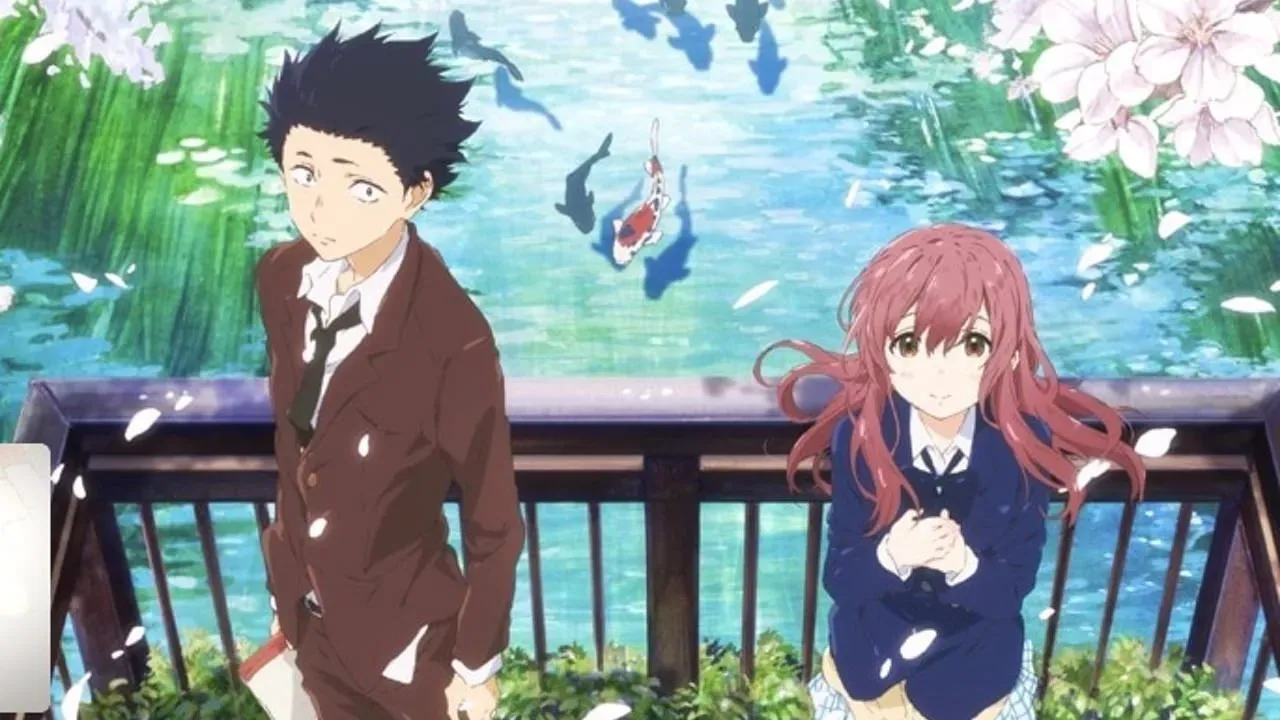
“Director Naoko Yamada, screenwriter Reiko Yoshida, production Kyoto Animation” is probably the most solid combination in recent years. From the early “K-ON! Movie” and “Tamako Love Story” to the recent “A Silent Voice” and “Liz and the Blue Bird,” Yamada has gradually refined her own style: meticulous character development and delicate emotional portrayal.
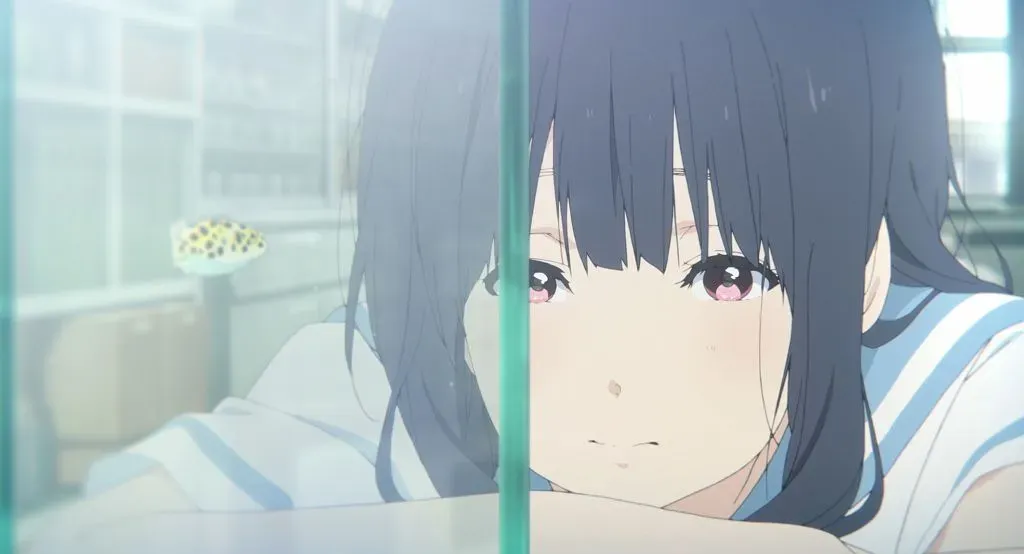
(To be continued…)
Modern Anime Directors: A Look at Unique Styles
Modern anime often suffers from characters being reduced to simple tropes. You can slap labels like “tsundere,” “airhead,” or “schemer” on them within minutes, and their entire personality, dialogue, and reactions become predictable. This is partly due to the fast-paced, entertainment-focused nature of the industry and partly because it caters to a younger audience.
However, director Naoko Yamada has been challenging this trend. In her recent works, she focuses on subtle details and nuanced emotional expressions, creating characters that feel like real people instead of walking clichés. This is especially evident in “Liz and the Blue Bird,” where seemingly mundane actions and conversations reveal hidden depths and resonate deeply with the audience.
It’s heartbreaking that Kyoto Animation lost so many talented individuals in the tragic fire. It’s uncertain if we’ll ever see this golden combination of Yamada and KyoAni grace the big screen again.
Mari Okada: A Departure from Subtlety
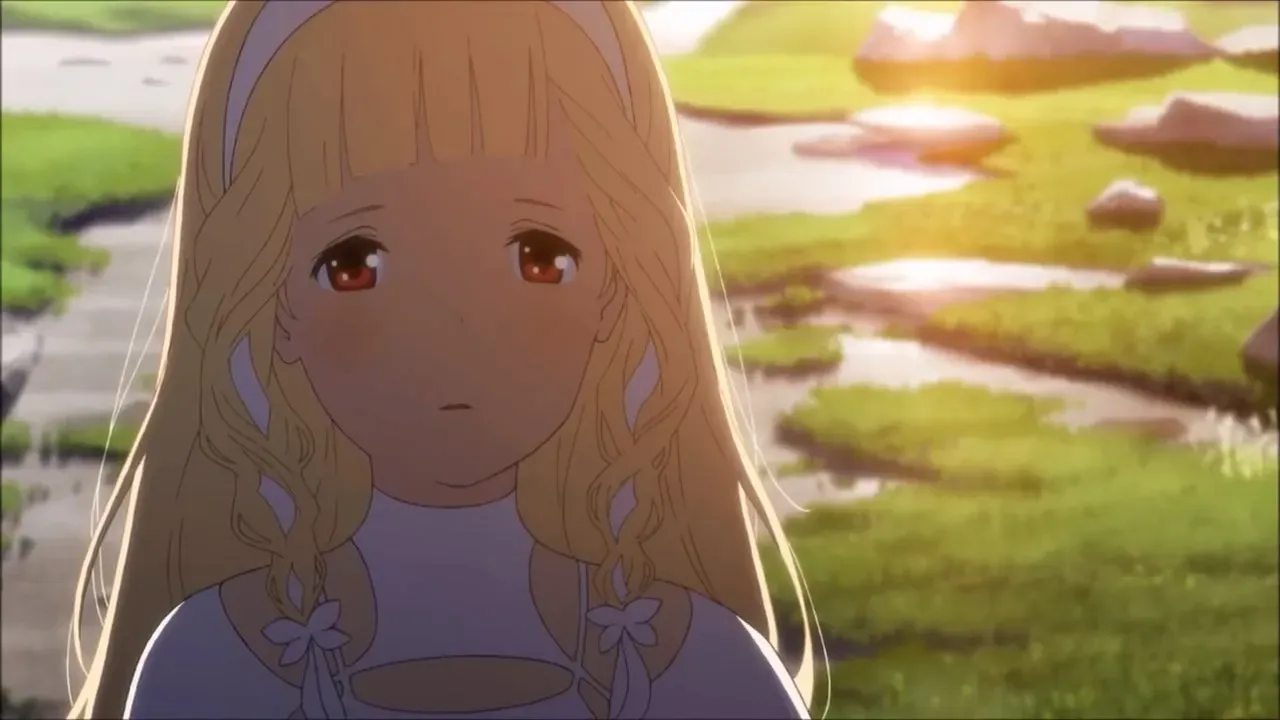
While Mari Okada is best known for her screenwriting in acclaimed anime like “Anohana: The Flower We Saw That Day” and “The Anthem of the Heart,” “Maquia: When the Promised Flower Blooms” marked her directorial debut. Okada’s writing has always been polarizing, capable of producing masterpieces as well as more divisive works like “Wandering Son.” While there are always behind-the-scenes factors in any production, I believe the director ultimately bears the responsibility for a film’s success. So, for fairness, I’ll focus solely on her directorial work.
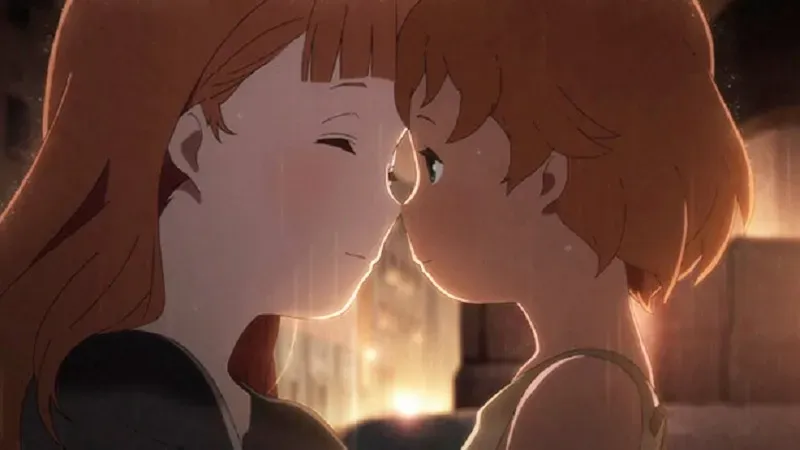
As a female director, Okada’s style contrasts sharply with Yamada’s. While Yamada excels at subtle emotional portrayals, Okada throws the emotional punches directly, ensuring you feel every bit of heartache. This isn’t to say she lacks subtlety, but rather that she prefers a more direct and impactful approach. “Maquia” is full of deliberate plot twists and dramatic visuals, yet it’s strangely effective. Even when you know what’s coming, the emotional impact is undeniable.
Despite having directed only one film so far, Okada shows immense promise. “Maquia” boasts excellent pacing, stunning visuals, and masterful direction, surpassing even her previous collaboration with director Tatsuyuki Nagai on “The Anthem of the Heart.” I eagerly anticipate her future projects.
Other Notable Directors and Films
Here are some other directors and films that caught my eye:
Mitsuyuki Masuhara & Tomotaka Shibayama: “Okko’s Inn”
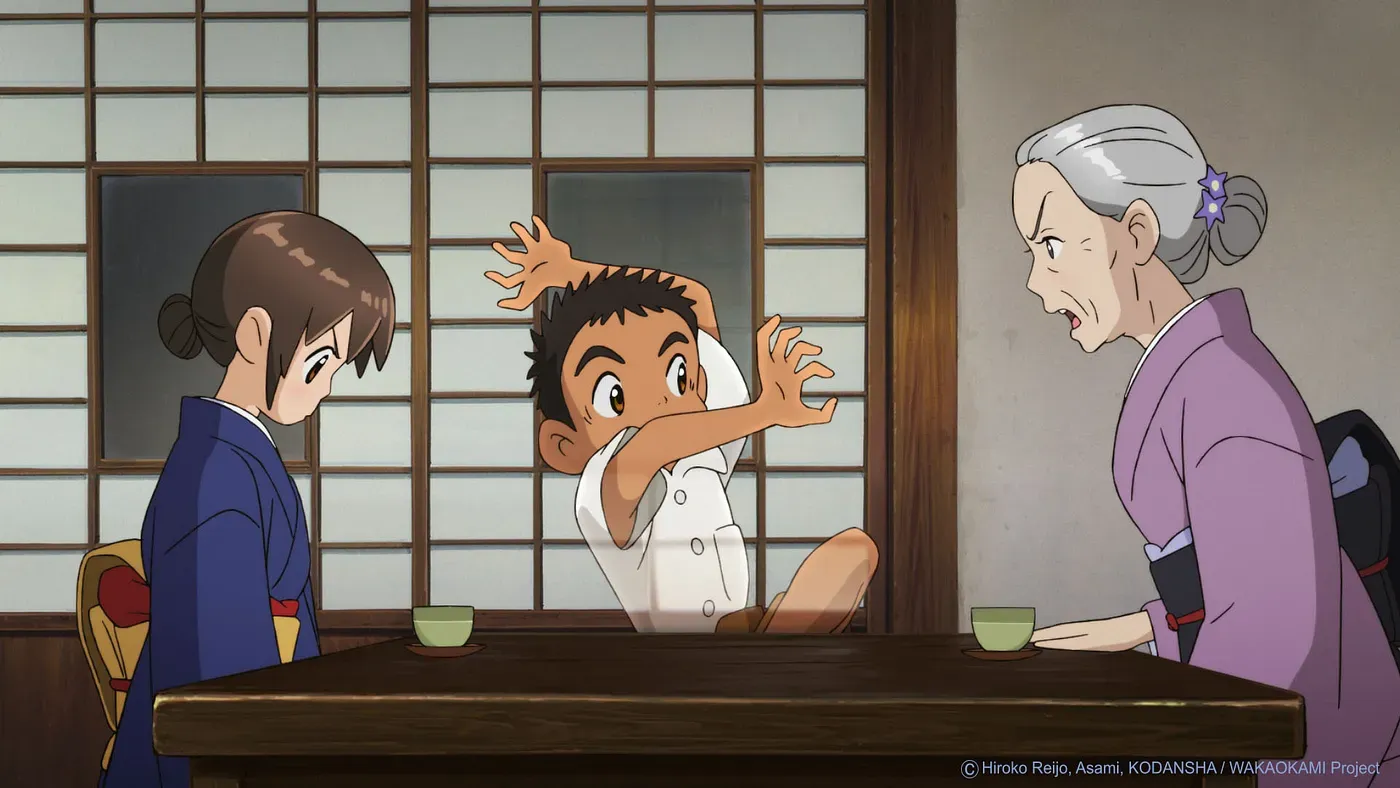
This charming film snuck up on me. I stumbled upon a small poster at the theater and decided to give it a shot. Seeing MADHOUSE’s name attached, I expected some action, but the biggest thrill was a child falling off a roof (animated flawlessly, of course). Despite being a children’s film, “Okko’s Inn” delivers a heartwarming and well-paced story.
Mamoru Hosoda: “Mirai”
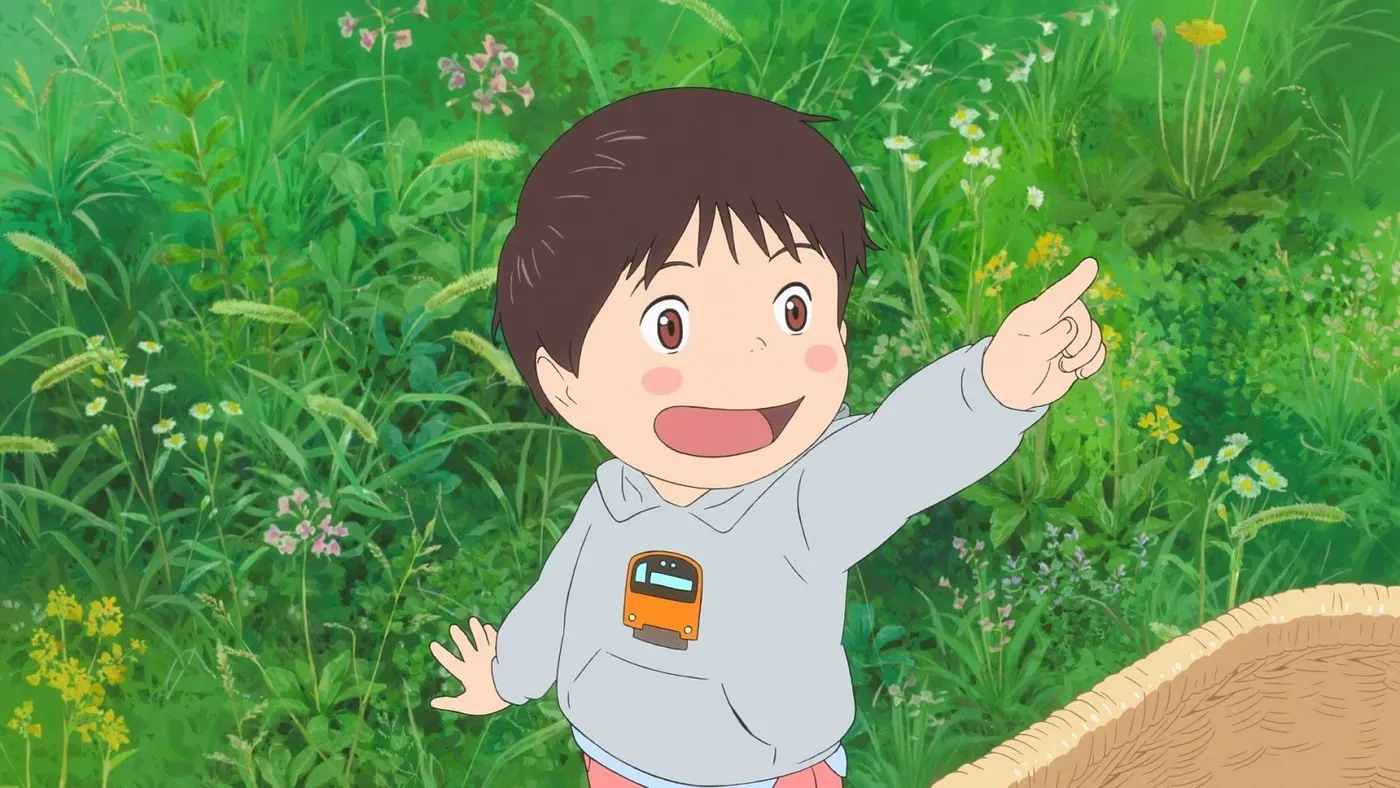
Despite Hosoda’s reputation, I haven’t seen much of his work. “Mirai” left me rather indifferent, aside from the train scene that terrified some children in the theater. I’m not sure why it received an Oscar nomination, perhaps due to the rumored rivalry between Hosoda and Studio Ghibli’s Hayao Miyazaki?
Nobuhiro Takeuchi: “Fireworks”
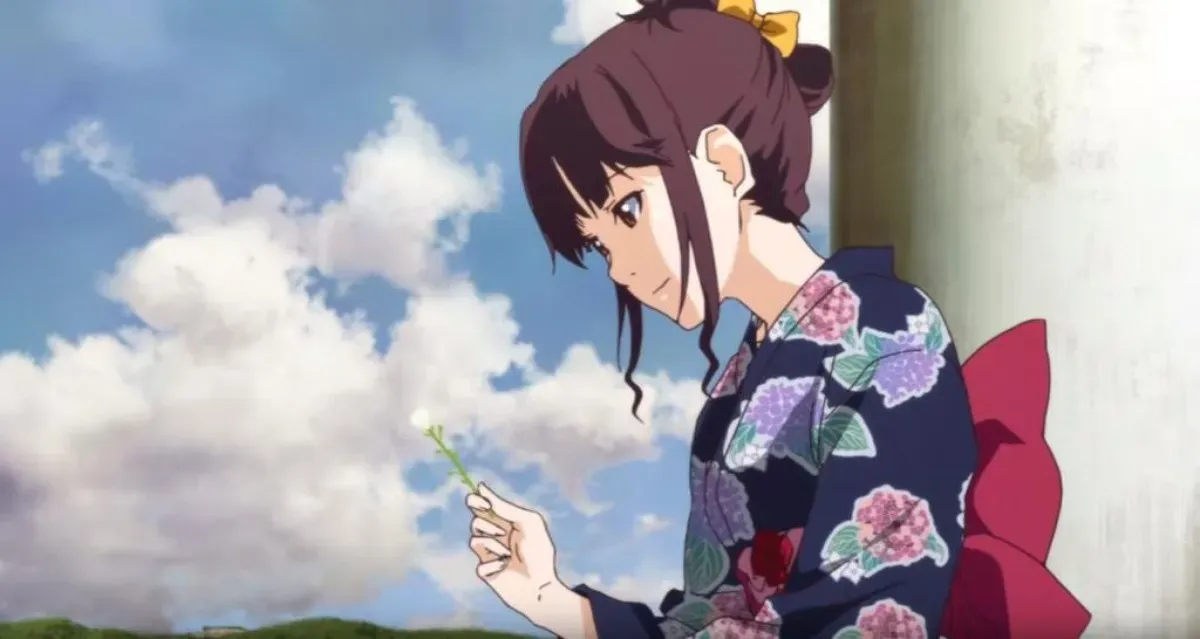
I’ve always enjoyed Akiyuki Shinbo’s unique style, from the popular “Madoka Magica” and “March Comes in Like a Lion” to the more niche “Ground Control to Psychoelectric Girl” and “Nisemonogatari.” However, “Fireworks” just didn’t click with me. While each element was well-executed, the overall film felt disjointed. Shinbo and studio SHAFT’s signature style seemed at odds with the story, perhaps a more conventional approach would have been better suited. Thankfully, the music by Yuki Kajiura and the theme song by Kenshi Yonezu salvaged the experience.
Yuhei Sakuragi: “The Relative Worlds”
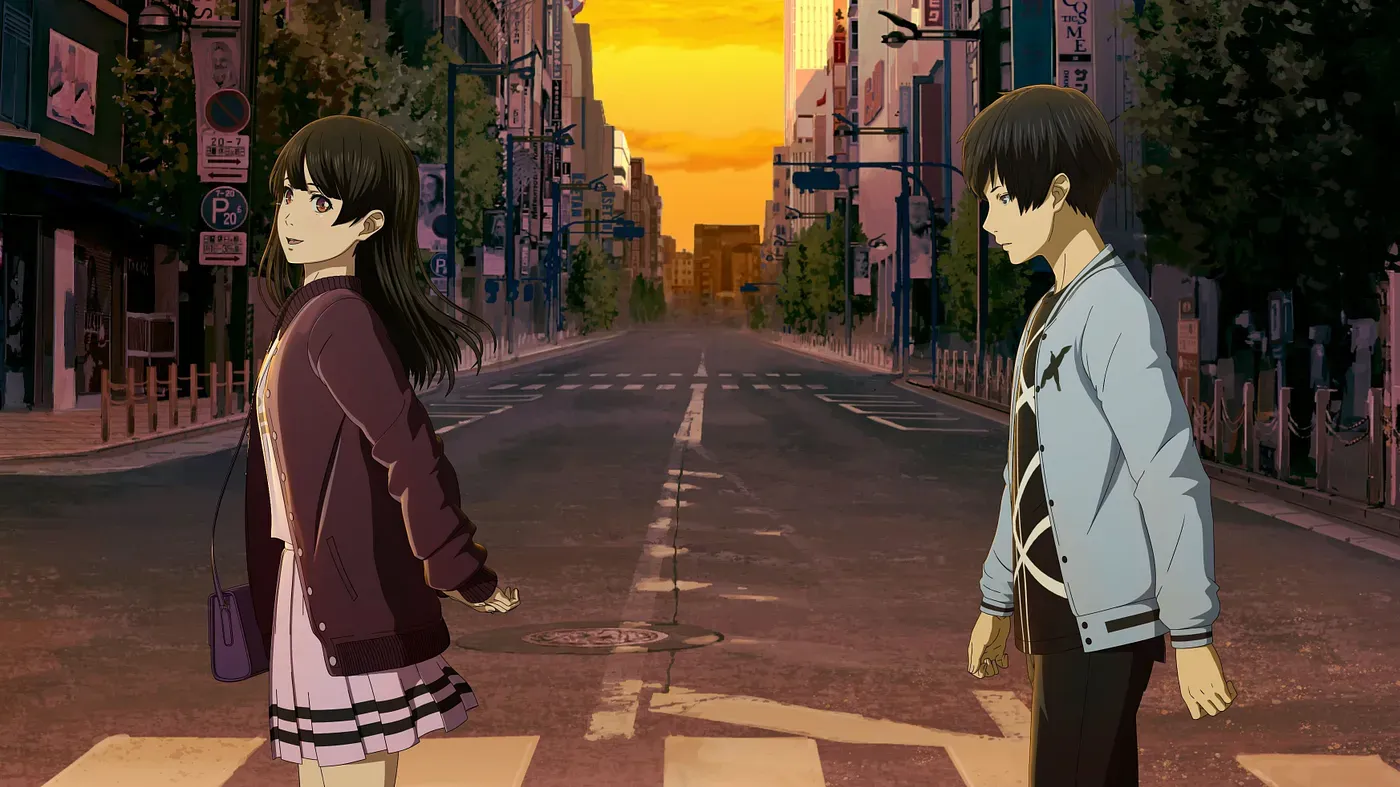
3D animation has come a long way, and many TV anime are embracing it for its cost-effectiveness and action sequences. However, 3D character models are still relatively rare in anime films, often reserved for special effects and backgrounds. “Hello World” takes a bold step by featuring fully 3D characters, and the result is surprisingly impressive.
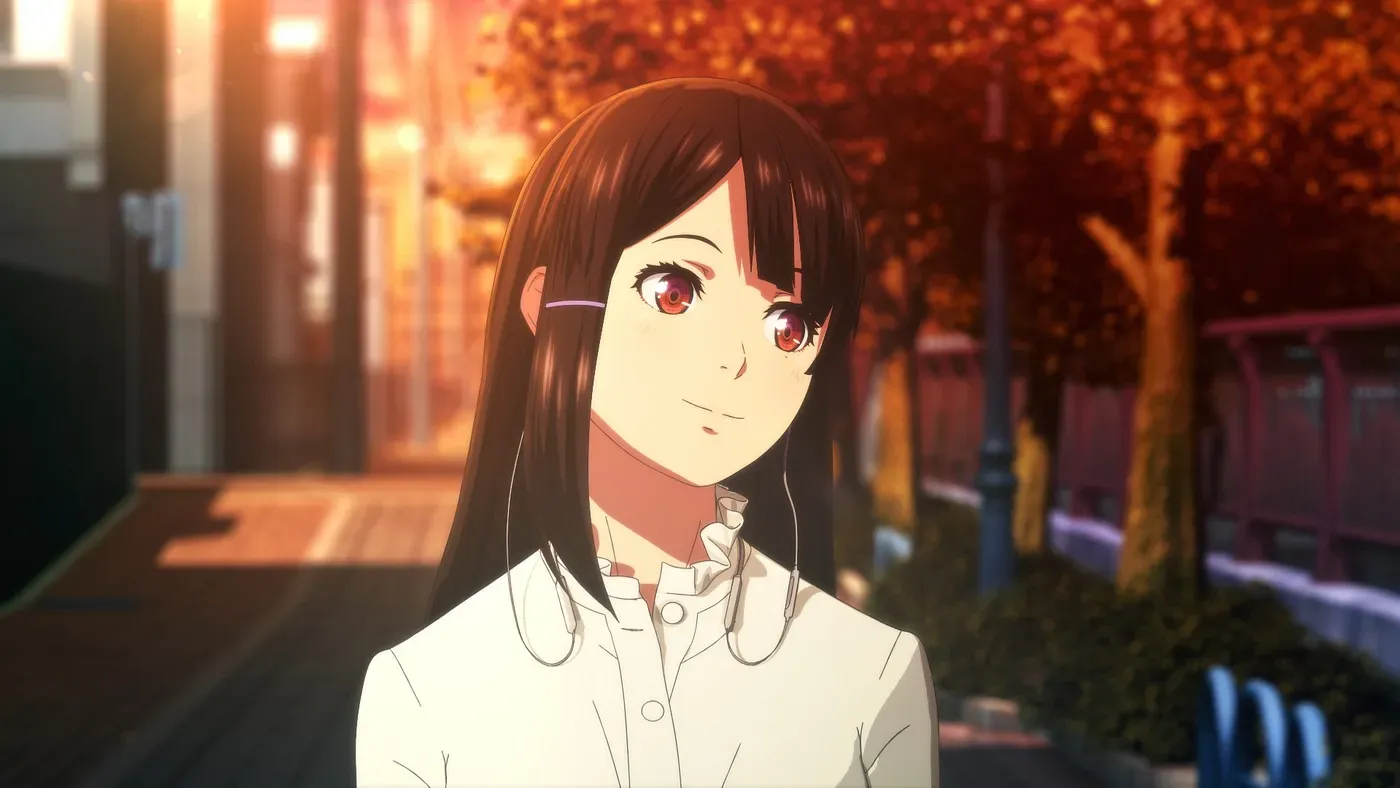
While the pacing is nothing special, the action sequences and visual effects are absolutely stunning. They do a fantastic job of masking the rather simple, even somewhat naive, story. The 3D character models are incredibly detailed – seriously, almost every frame could be a desktop wallpaper.
It’s just a shame that director Yuhei Sakuragi’s lack of experience shows. Maybe it’s because he comes from a 3D animation background, but his storytelling abilities need some work. That being said, I think this is a successful experiment overall. The anime industry is notorious for overworking and underpaying its staff, so 3D technology could be a real lifesaver. ‘Sayonara no Asa ni Yakusoku no Hana wo Kazarou’ proves that with a feature film budget and the right talent, 3D anime can achieve incredible things.
Final Thoughts
As I mentioned earlier, there have been some truly excellent original and adapted anime films released in recent years, beyond just the usual TV spin-offs aimed at existing fans. The massive success of ‘Your Name.’ has brought a lot of mainstream attention to anime, and now you see marketing campaigns comparing everything to it.
But there’s a whole world of talented creators out there making amazing films in all sorts of genres. So if you enjoy a particular movie, remember the names of the people who made it and show them your support!”